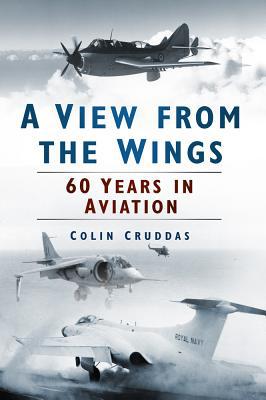
Transforming the Skies. Pilots, Planes and Politics in British Aviation 1919-1940 PDF
19.2775 MB·other
Most books are stored in the elastic cloud where traffic is expensive. For this reason, we have a limit on daily download.
Preview Transforming the Skies. Pilots, Planes and Politics in British Aviation 1919-1940
Description:
Following the Armistice of 1918, the British Air Industry and the newly founded RAF held a low place in national priorities. The RAF was rapidly run down, with the infant airlines being given the least possible help, and this neglect continued during the 1920s. The RAF's role was questioned and civilian air travel remained a dream for most and the province of the well-heeled few. But the breakdown of the Geneva Disarmament Talks led to renewed interest in the National Air Force, and the rise of the European dictators brought calls for rapid modernisation and interceptor aircraft, together with the development of further European civilian air routes. Here, Peter Reese charts the dramatic changes that swept aviation across the dynamic interwar period, revealing the transformative last-minute preparations for defence in a world where much depended on the contributions of some outstanding individuals.|Following the Armistice of 1918 the British Air Industry, including the newly...
See more
The list of books you might like
Most books are stored in the elastic cloud where traffic is expensive. For this reason, we have a limit on daily download.
